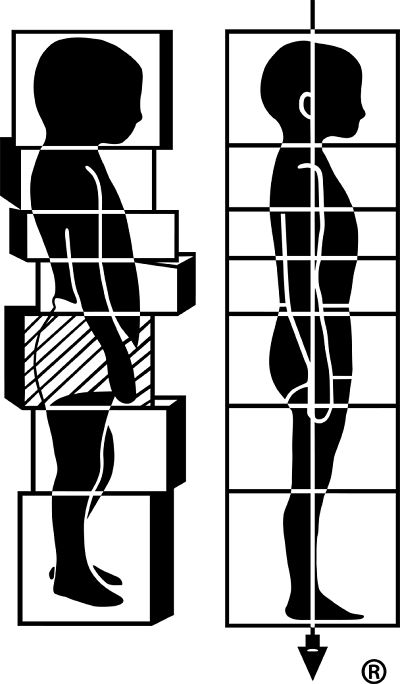As a fish lives in the medium of water, humans live within the field of gravity. Harmony with gravity enables that medium to become a supportive and energizing factor. As a fish is supported and lifted by water, we as humans can be supported and lifted by gravity.
What is the fascial web?
The fascial web is a network of white connective tissue which forms a continuous net throughout the entire body. It is composed of an elastic, stable, and moldable tissue which accounts for the bodys form. This three-dimensional framework is singularly responsible for preserving the human form in all its details.
The fascial web of connective tissue organizes the muscles into functional groups. It wraps and divides each muscle within these groups and then organizes the interior of individual muscles. It further moves into being a tendon or ligament and continues becoming the top layer of bone.
This connective web binds other tissues, fluids, nerves and organs, and suspends them in their proper relationships in the body cavities.
In short, fascia constitutes the immediate environment of every cell in the body, wrapping and uniting all structures with its moist, fibrous, cohering sheets and strands. Because of its complexity and continuity, this network can well be regarded as a full-fledged organ, one of the largest and most extensive organs in the body.
How does a body become off-balance?
The body, a finely-tuned instrument and vehicle of the spirit, has a plastic quality and can change shape. Individuality is reflected in the physical self. We recognize someone by a silhouette, a walk, the tilt of a head. Physical individuality is shaped by the forces of life; our genetic make-up, when we learned to move, gestures copied from our parents, our goals, experiences, accidents, mental and emotional stresses, perceptions, and ideals.
Our bodies as well as our minds bear witness to the stress, accidents, and unfinished business of our lives. They leave a record in both our mental and our physical memories.
For example, when an ankle is sprained, swelling occurs to immobilize the injured area. After healing occurs, adhesions may remain. The joint is caught in a less flexible, less efficient position. As the entire body adapts to favoring the injured ankle, a rotation can develop in the pelvis in which one shoulder is positioned higher to offset the higher hip and the head moves over to rest in line with the supporting leg. After years of this pattern, the body becomes set as the fascia thickens and hardens around points of stress. Instead of taking the brunt of the problem locally, the strain is spread and so becomes less acute. Because we move as a whole, each restriction soon modifies the whole.
The mechanism of fascial adaptation is of restriction and bonding. In order to gain stability and ward off stress, fascial tissue will shorten, thicken, and attach itself to neighboring structures. The result is that movement is no longer as economical: adjacent parts are dragged into movement when they could be at rest. An attempt to stand up straight becomes filled with effort, as the constricting areas prevent the bodys natural lift towards verticality. The result is that movement is no longer as economical.
Psychological trauma such as physical abuse, abandonment, feelings of inadequacy, attitudes of fear and anger, also affect structure. Tightening against pain, holding the breath to block emotions, slumping in order not to feel too big, become physically locked in the body and thus perpetuate the attitude.
The accumulation of this record in the mind or body or both can limit our physical range of responsiveness. Our bodies remember the year in sixth grade as the target of the class bully, or being on the football team in junior high school and afraid to let down that tough image, or the anxious years when jobs and money were scarce, and so on. Each of these events, from mild to serious, leaves a residue as we pass through them.
